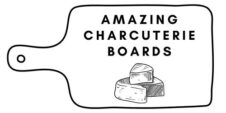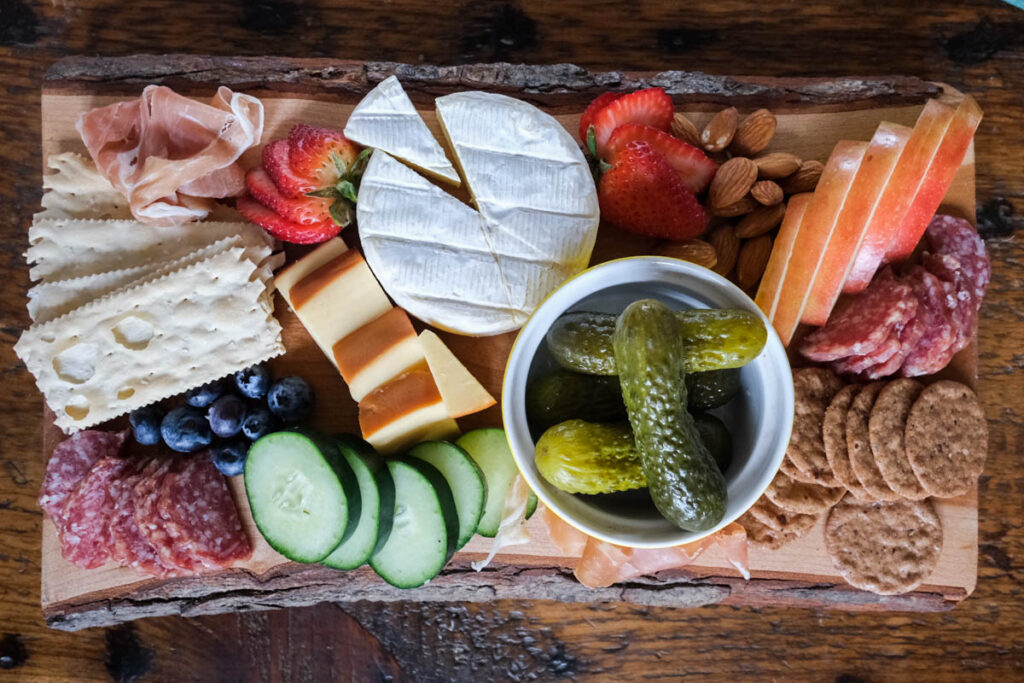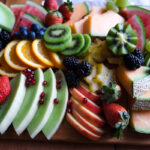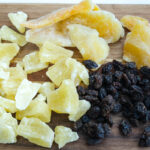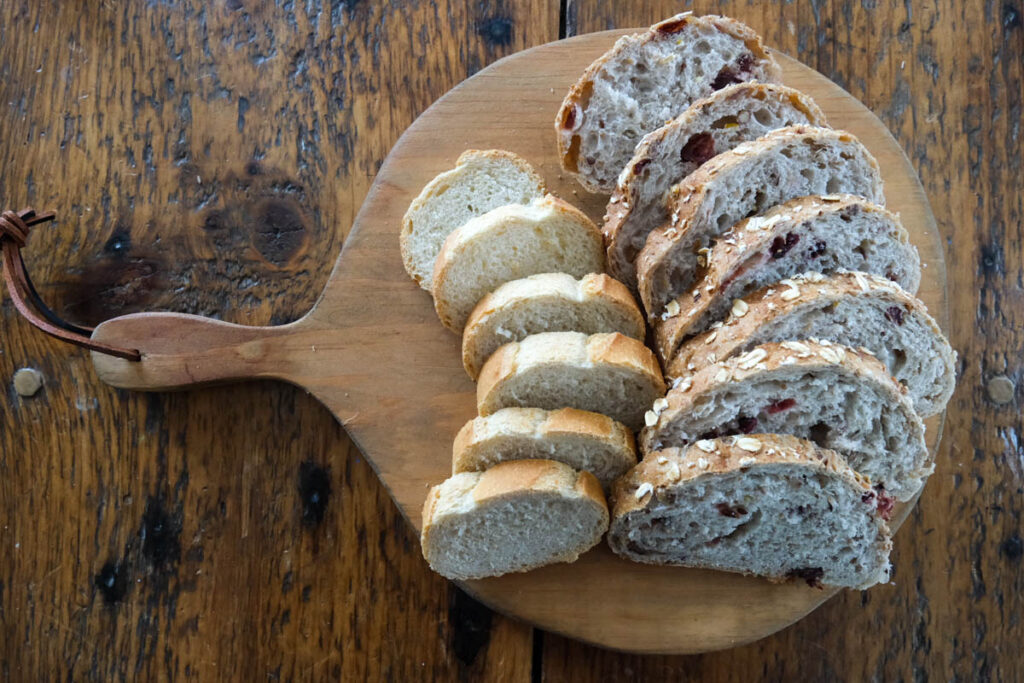Cheese is one of the basic and classic ingredients for a charcuterie board. You can’t go wrong no matter what cheese you choose for your platter, but good cheese for charcuterie boards will complement the other ingredients on the board, be beautiful AND delicious. We’ve collected a list of some of the best charcuterie board cheese and what to consider when selecting a good cheese for your charcuterie board.
Some of the best charcuterie board cheese will be what is available to you locally – visit farmer’s markets or local shops to search for the best local cheese. You can consider hard or soft cheese as well as cheese spread when choosing a good cheese for a charcuterie board.
You can find more amazing ingredients for a charcuterie board by visiting the ingredients section of this site.
As an Amazon Affiliate I may receive compensation when you make a purchase through a link on this site. Thanks for supporting my small buisiness!
Contents
The Best Cheese for Charcuterie Boards
Read below for descriptions of our favorite charcuterie board cheese options. Choose from showstopper cheese favors to more mild cheese to compliment cured meats and other ingredients on your board. You can generally find these cheeses at most grocery stores, although you will find more variety at local markets and farmer’s markets. I’ve also provided a link for each choose so you can purchase it online. Scroll down to see things to consider when choosing good cheese for charcuterie boards.
Brie
Brie is a popular cheese for a charcuterie board. Named after the town of Brie in France, the cheese is soft and creamy with a buttery texture. It is often described as fresh with a aroma of mushrooms. Brie is typically made from cow’s mild with a white rind of penicillium candidum mold. It can be made from raw or pasteurized milk and is typically sold in rounds.
Brie makes a delicious charcuterie board cheese and pairs well with a variety of foods. Since this cheese is widely popular it is found in most grocery stores and comes in a range of prices. To arrange brie on a charcuterie board, simply place the entire round on the board, or put wedges of the cheese and lay them in patterns of rows alongside of the other food on your board.
Brie pairs well most crackers and can be served alongside other cheese, fruit, and bread. Brie can also be heated alone or with jelly for a rich and warm flavor. This is one of my absolute favorite cheese varieties and adds a depth of flavor to any charcuterie board.

Goat Cheese
Goat cheese, also known as chèvre, is a versatile and delicious dairy product that has been enjoyed for centuries. Goat cheese makes a wonderful addition to a charcuterie board and can be served as a spread with crackers or bread, and alongside mushrooms or fruit. Made from the milk of goats, this creamy cheese boasts a distinct flavor profile that sets it apart from its cow’s milk counterparts. From soft and fresh chèvre to aged and crumbly varieties, there is a goat cheese to suit every palate and you can often find goat cheese flavored with herbs.

Gouda
Gouda, named after the city in the Netherlands where it originated, is a semi-hard cheese that is popular for its rich flavor and creamy texture. Made from cow’s milk, Gouda undergoes a process of pressing and aging, resulting in a cheese with a smooth, firm texture and a slightly sweet, nutty taste. Like many other cheese, its flavor intensifies as it ages, developing caramel and butterscotch notes.
Gouda makes an excellent cheese for a charcuterie board and pairs exceptionally well with a variety of foods, making it a versatile cheese for any occasion. Its mild yet distinctive taste complements both sweet and savory accompaniments. Enjoy it alongside fresh fruits like apples and pears, or pair it with cured meats such as prosciutto and salami. Gouda is also a nice texture that can be cut into a variety of shapes for adding interest and decoration to a charcuterie board.
Mozzarella
Mozzarella cheese, with its melt-in-your-mouth texture and delicate flavor, has become a beloved staple in the world of cheese. Originating in Italy, mozzarella has a rich history that dates back to the 12th century. Traditionally made from buffalo milk, it is now commonly produced using cow’s milk. Mozzarella is crafted through a process called pasta filata, where the curds are stretched and kneaded to create its characteristic stretchiness. This cheese boasts a mild, milky taste with a subtle tang that enhances its freshness.
Mozzarella is a popular charcuterie board cheese and pairs exceptionally well with tomatoes and basil. The mild flavor of mozzarella also allows it to complement a wide range of ingredients, and you will see it served alongside melon, cured meats and more. on a charcuterie board, mozzarella is served in either small rounds that can be skewered or picked up with a toothpick, or as slices that can be stacked on crackers or bread.
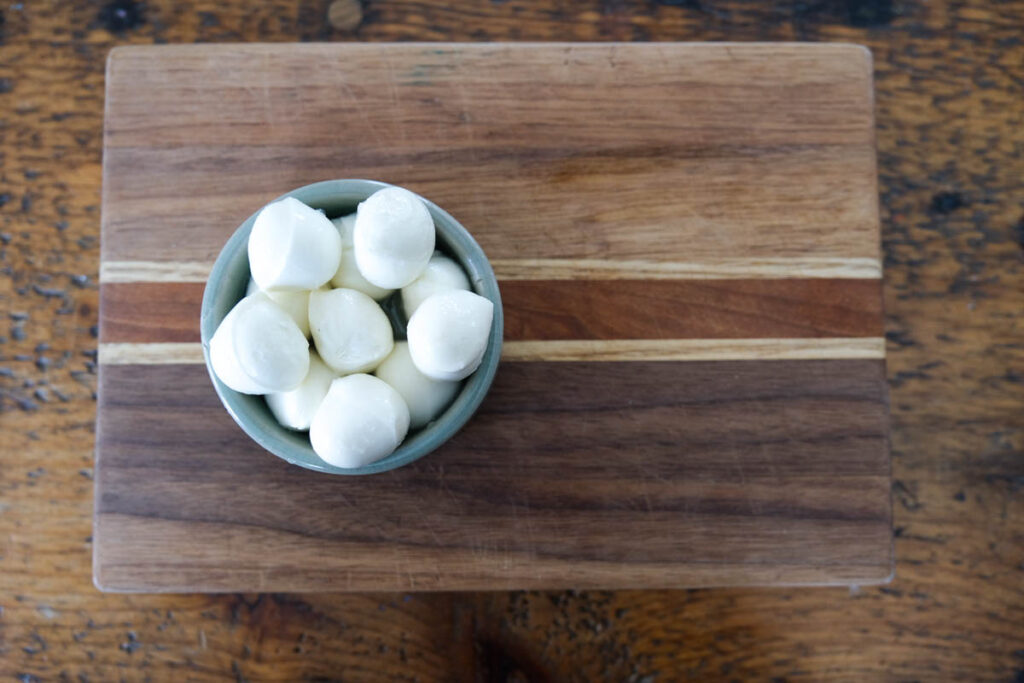
Gruyère Cheese
Gruyère cheese, originating from Switzerland, is a renowned cheese with a rich history and a distinct flavor profile. Named after the town of Gruyères, this cheese has been produced for centuries. Made from cow’s milk, Gruyère undergoes a complex process of fermentation and aging that contributes to its unique characteristics. The cheese is known for its firm and dense texture, with small, scattered holes throughout. Gruyère boasts a nutty, slightly sweet flavor with a hint of fruitiness, making it incredibly versatile in culinary applications.
This is a good choice for a charcuterie board and it pairs well with dried fruits, such as apricots or figs, and also complements savory ingredients like cured meats and crusty bread. Gruyère’s distinctive taste and creamy texture make it a beloved choice for cheese enthusiasts worldwide.
Blue Cheese
Blue cheese, also known as bleu cheese, is a bold and distinctive cheese. Dating back centuries, the origins of blue cheese can be traced to various regions across Europe. The characteristic blue veins in the cheese are created by introducing cultures of Penicillium mold during the cheese-making process. This mold develops and spreads within the cheese, resulting in the signature tangy and pungent taste. Blue cheese can range in texture from creamy and crumbly to semi-soft and spreadable, offering a variety of options for different palates. Its flavor is often described as strong, salty, and slightly sharp, with a pronounced earthy undertone.
Blue cheese pairs well with fruits such as pears, grapes, and figs, as their sweetness complements the cheese’s robust flavor. It also pairs nicely with honey, nuts, and crusty bread, creating a delightful balance of textures and tastes. Serving blue cheese on a charcuterie board adds a distinct flavor. Unless you are serving your board to a known blue cheese lover, it’s often best to serve this alongside other cheese options as not everyone loves the taste of blue cheese.
Cheddar Cheese
Cheddar cheese, was originally made in the village of Cheddar in Somerset, England, and is a timeless classic that has earned its place as a beloved choice for charcuterie boards. With a history dating back over 800 years, cheddar is a true icon in the world of cheese. This firm cheese undergoes a process of cheddaring, where the curds are stacked and pressed to expel moisture and create its distinct texture.
Cheddar cheese offers a sharp, robust flavor with a slight tang and a hint of nuttiness, intensifying as it ages. Its versatility shines when it comes to pairing, making it a charcuterie board essential. Cheddar pairs wonderfully with cured meats such as salami and prosciutto, adding a savory note to each bite. It also complements the sweetness of fruits like apples and grapes, providing a delightful contrast. Add some crusty bread or artisan crackers to the mix, and you have a winning combination that showcases the versatility and timeless appeal of cheddar cheese on any charcuterie board. Cheddar cheese is widely eaten, especially in the United States and can be cut into many different designs making it an excellent choice for charcuterie board designs.

Feta Cheese
Feta cheese, originating from Greece, is a tangy and crumbly cheese that brings a burst of Mediterranean flavor to any charcuterie board. With a history dating back thousands of years, feta is a staple in Greek cuisine and culture. Typically made from sheep’s milk, feta cheese undergoes a brining process that contributes to its distinctive taste and texture. It boasts a salty and tangy flavor with a creamy mouthfeel that crumbles beautifully when sliced. Feta’s distinct flavor is a great addition to a charcuterie board.
Feta pairs exceptionally well with a variety of ingredients, making it a versatile choice for charcuterie boards. Its briny and savory taste complements cured meats such as prosciutto or chorizo, adding a punch of flavor to each bite. Feta also pairs wonderfully with fresh and roasted vegetables, olives, and crusty bread. You will often find feta served in marinades with other vegetables and can be placed in a bowl on a charcuterie board. The combination of the cheese’s tanginess and the natural sweetness of fruits like watermelon or figs creates a delightful contrast.
For a taste of the Mediterranean on your charcuterie board, feta cheese is a must-have option that adds a vibrant and zesty element to your spread.
Manchego Cheese
Manchego cheese, is from Spain and is a flavorful and versatile cheese that deserves a place on any charcuterie board. With a history dating back centuries, Manchego has deep roots in Spanish culture and tradition. This cheese is made from the milk of Manchega sheep, native to the La Mancha region of Spain. Manchego’s distinct flavor profile is characterized by a nutty and slightly sweet taste, with hints of caramel and grassy undertones. Its semi-firm texture allows for easy slicing or crumbling, making it an excellent addition to charcuterie boards.
Manchego pairs exceptionally well with cured meats such as serrano ham or chorizo, as the salty and savory flavors complement each other. It also pairs well with dried fruits like apricots or figs, adding a touch of sweetness to balance the cheese’s richness. For a Spanish-inspired charcuterie board, include Manchego cheese to showcase its unique flavors and celebrate its rich history.
What to Consider When Choosing Good Cheese for Charcuterie Boards
Cheese is a staple ingredient for charcuterie boards and comes in a variety of taste and texture. Most of the best cheeses have a long and regional history. For this reason, it’s often fun to pick a local cheese or base your board on a specific region – create a Mediterranean charcuterie board with feta, or perhaps an Italian board with mozzarella.
It can also be beneficial to have multiple cheese types on a charcuterie board including a mix of soft and creamy, firm and crumbly, and aged cheeses. Cheese pairs well with so many common charcuterie board ingredients including cured meats, fruits, nuts, and bread. Ultimately, a good cheese for a charcuterie board is one that excites the palate, adds visual appeal, and contributes to a harmonious and memorable culinary experience. Below you can see a few things to consider when selecting a good cheese for charcuterie boards.
Taste
Taste is probably the most important consideration when choosing a good cheese for charcuterie boards. Cheese can be sweet, salty, spicy, rich, mellow, nutty, buttery, stinky, mild, strong, and so much more. Choose a cheese flavor that compliments the other food on your board and you and your friends/family enjoy eating.
I personally am not a fan of blue cheese and for this reason would never put it on my own charcuterie boards for my family. However, if you love blue cheese, this can add a distinct flavor to your entire board.
Texture
Texture is the next thing to consider. Many cheeses can be sliced and placed on your board, while others will need to be spread or even dipped. Consider how the texture of the cheese pairs with the crackers, bread or other ingredients on your charcuterie board. I love goat cheese and enjoy using it on my boards, but it can be difficult to spread, especially if you are creating a board that has just simple finger foods. Consider spreading the cheese or providing utensils to help other spread the cheese.
History
Cheese has a rich history dating back thousands of years, with its origins believed to be in the Middle East or Central Asia. Over time, cheese-making techniques spread across different regions, leading to the development of unique and diverse cheeses that reflect local cultures and traditions. Regional cheeses play a crucial role in preserving culinary heritage, showcasing the distinct flavors and characteristics of specific geographical areas, and adding a sense of pride and identity to local communities. When you are creating a charcuterie board, it’s fun to choose a regionally appropriate cheese for your board.
Pairing
Pairing cheese with other ingredients on a charcuterie board is important as it creates a symphony of flavors and textures. The interplay between the various components, such as cured meats, fruits, nuts, and bread elevates the overall experience. Carefully planned pairings on your charcuterie board can create interesting contrasts and delicious combinations.
Aesthetics
Charcuterie boards are all about appearance. A good charcuterie board is not only mount watering but is a piece of art. Often one of the biggest considerations when choosing good cheese for charcuterie boards is how you plan to display the cheese on the board – will you slice it, serve it with a knife, spread it, do you need a bowl, etc. While not the most colorful item on your board, cheese can be cut and displaying in many fun ways.
Dietary Restrictions
The final consideration is any dietary restrictions you or your guests might have. Some cheeses have higher levels of lactose and you can also find lactose-free cheese in case someone is lactose intolerant.
List of the Best Cheese for Charcuterie Boards
- Brie
- Goat Cheese
- Gouda
- Mozzarella
- Gruyere Cheese
- Blue Cheese
- Cheddar Cheese
- Feta Cheese
- Manchego Cheese
Of course this doesn’t cover everything and there are so many excellent types of cheese to choose for you next board. Get creative and find the cheese that you love or use this list of good cheese for charcuterie boards for your next creation.

Other Ingredients for Charcuterie Boards
- Best Bread for Charcuterie Boards
- Best Dried Fruit for Charcuterie Boards
- Best Nuts for Charcuterie Boards
- Best Fruit for Charcuterie Boards
- Best Veggies for Charcuterie Boards

